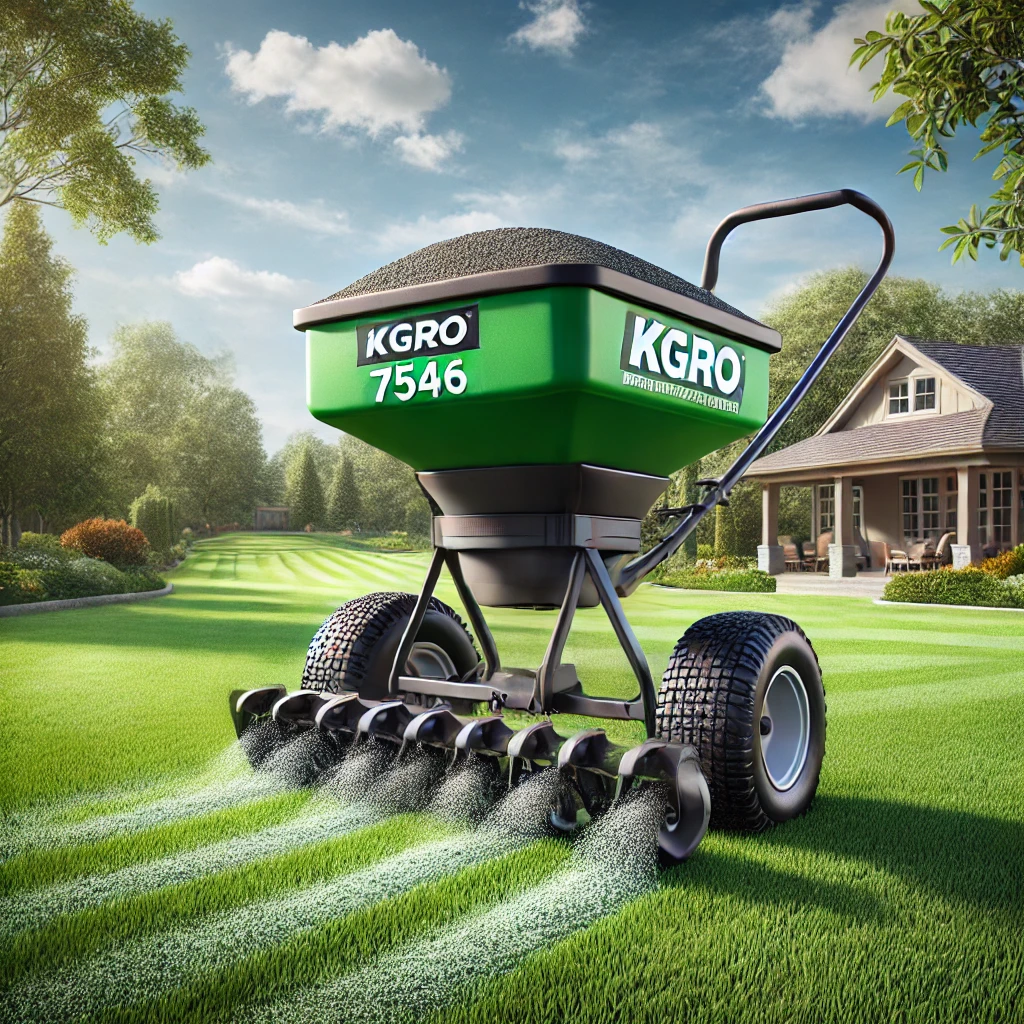I. Introduction
Your mower’s optimal performance and longevity depend on how well you maintain it. One of the aspects of maintenance which is commonly ignored is properly handling fuel in your lawnmower’s gas tank. Preparing for the end of mowing season, doing routine maintenance or making repairs all necessitate the knowledge of correctly draining a gas tank.
Importance of Maintaining Your Lawn Mower
A well cared-for lawn relies on a lawn mower as an essential investment. Like any other equipment, regular servicing keeps it running smoothly. Skipping such tasks as emptying out fuel when required can lead to things like engine damage, decreased efficiency and contaminated fuel sources.
In addition to saving you time and money over the long run by allowing your lawnmower to live longer, proper care ensures that it functions at its best possible level. Emptying the gas tank could prevent potential problems from arising and keep your mower in top shape.
Why You Might Need to Empty the Gas Tank
There are several reasons why you might need to drain off all gasoline from your lawnmower’s gas tank:
End-of-Season Storage: Prior to putting away for storage over an extended period such as winter months, emptying your gas tank is mandatory. As time goes on stale gas left in the tank can break down resulting difficult starting or damaging engine when using it again.
Routine Maintenance: Regular maintenance activities including carburetor cleaning or service necessitate one emptying their gasoline tanks. This ensures no petrol remains within preventing this will avoid its contamination leading blocks that may result into poor performance.
Repairs: If you have certain parts of your lawnmower that require replacement or repair, many times you need to empty its gas tank because this would help avoid spilling fuels and make working with it more secure and easier.
By comprehending why you should empty fuel out of your lawnmower and specific times when this is essential, users will adequately maintain their machinery and will not have problems later.
II. Tools and Materials Needed
Before you drain off the gasoline in your lawn mower’s gas tank, collect all required tools and materials needed to ensure a smooth and safe process.
List of Tools:
Siphon Pump: Removing fuel from the gas tank requires a siphon pump also called hand pump or transfer pump. This makes it possible to safely move the gas into another container without spilling it.
Gas Can: Have a clean empty gas can available for collecting the fuel removed from your lawnmower’s gas tank. Ensure that this container is in proper working condition and is correctly labeled so as not to cause confusion with other substances.
Rags: Grab some clean rags or paper towels just in case during emptying any spills or drips occur. That way you can keep everything neat around your workplace and avoid gasoline contact with skin clothes.
Safety Equipment:
Gloves: It is important to wear gloves so that no gasoline touches your hands as it has corrosive effect on human skin. You should choose gloves that provide good grip on tools and are resistant to chemicals.
Goggles: You should use goggles in safety glasses to protect your eyes from splashes and fumes when working with gasoline. To avoid injury or irritation, you must always safeguard your eyes from potential hazards.
While emptying the gas tank of the mower in a secure and more efficient manner, it is good that one gathers these tools and safety equipment before starting. In instances of handling flammable materials like gasoline, safety should be given priority.
III. Preparation
Before emptying the gas tank on a lawn mower, it’s important to take necessary precautions and make preparations that will ensure a safe and efficient process.
Safety First: Working in A Well-Ventilated Area
When fuel is being handled, it is important to work in an area with enough air circulation because inhaling high levels of gasoline vapours can result in harm. It would be better if you choose an open space outside that has plenty of clean air moving through so that there will be fewer chances for you to get exposed to dangerous smoke. It is advisable not to work in enclosed spaces or poorly ventilated areas as this might result into build up of gasoline fumes.
Checking the Lawn Mower’s Manual for Specific Instructions
All lawnmowers are different; therefore, it essential that prior checking with manufacturer’s manual about any particular instructions regarding gas tank emptying process. Valuable information about right procedures and precautionary measures recommended by the producer may be found out from manual. Therefore, while focusing on your lawnmower brand model, look into any dangers or warning provided inside user’s manual so as not to use them incorrectly.
You may also find helpful tips or recommendations for maintaining your lawnmower’s fuel system apart from referring to its user guide . Before you start draining fuel out of the gas tank get yourself acquainted with manufacturers guidelines.
By prioritizing safety and consulting the lawn mower’s manual for specific instructions, you can ensure that you’re properly prepared to empty the gas tank without risking injury or damage to your equipment. Always follow recommended procedures and guidelines to maintain a safe working environment.
IV. Method 1: Using a Siphon Pump
Using a siphon pump is an efficient and straightforward method for emptying the gas tank of your lawn mower. Follow these steps to ensure a safe and thorough process:
Step 1: Position the Lawn Mower on A Flat Surface
First, bring your lawnmower onto an even piece of land. This will prevent it from being knocked down during the exercise and allows easy siphoning of fuel oil. Ensure that it is off and has cooled down if recently used.
Step 2: Insert the Siphon Pump into The Gas Tank
Next, insert the intake tube from the siphon pump into the gas tank for the lawnmower. Make sure that it goes right down to the bottom so as to take off most of the fuel inside it. At this point, position on another end of siphon pump, this time in a gas can where you want to transfer gasoline.
Step 3: Pump Through Gas Out Into A Gas Can
Start pumping up our siphoning device which would create a vacuum strong enough to pull out petrol from our container into our gas canister. Continue doing this until no more fuel flows out anymore; never let any spills occur plus secure both cans tightly so no leaks happen.
Step Four: Ensure All Gas Is Removed
GAS TANK: AFTER USING A SIPHON PUMP WASH THE GAS TANK CLEANly AND INSPECT IT TO ENSURE THAT NO FUEL IS LEFT IN IT. TILT THE MOWER SLIGHTLY TO REMOVE ANY EXTRA FUEL. USE A CLOTH OR SPONGE TO GET OFF REMAINING TRACES OF PETROL FROM INSIDE THE TANK.
These steps can help you drain gas from your lawn mower gas tank safely and effectively using a siphon pump. This method will reduce the risk of spilling and maintain your lawnmower in an appropriate condition for storage, maintenance or repair.
V. METHOD 2 – KNOCKING DIRECTLY FROM THE TANK
Another way to drain gasoline out of the tank is by disconnecting a fuel line directly. This technique has more human intervention but eliminates all fuel in the engine. The following tips are useful when one wants to drain gas straight from the lawnmower’s tank:
STEP 1: FIND THE FUEL LINE
To begin with, you should be able to know where exactly are the paths through which gasoline flows in your mower. In most models, this pipe appears as a rubber or plastic hose that extends between carburetor to fuel tank, but for others it is not so clear.
STEP 2 DISCONNECT FUEL LINE CAREFULLY
Place a container that is proper under the leaking gasoline coming out of the fuel line. Either apply some effort with pliers or use a screwdriver to loosen up the clamp holding the pipe onto either the carburetor or gas reservoir, then remove it gently from its fitting expecting petrol pouring out there.
STEP 3: LET GAS DRAIN INTO A CONTAINER
Ensure that after disconnecting your fuel line completely; all petrol gets into that holder provided for it alone. One must have a bottle made specifically for gasoline and prevent any spills or leakage. Make sure your container is big enough to absorb the entire volume of gas and hold the tube tightly.
STEP 4: RE-ATTACH THE FUEL LINE SECURELY
Upon completion of gas removal, join back your fuel line to its fitting. Ensure that you have pushed it far onto this fitting and that a clamp is done tight enough to stop any leakages. Inspect whether you have made a correct connection by testing it for firmness.
Draining gasoline directly from the lawnmower’s tank can be achieved following these steps. This method works fast and removes all fuels hence good for preparing your mower for storage or maintenance. Take care while handling gasoline and do not forget using proper disposal methods as per local regulations.
VI. CLEANING AND DISPOSAL
Emptying the lawnmower’s gas tank calls for cleaning the tank itself including nearby areas and taking off old petrol in order to keep its operational conditions intact.
Gas Tank Cleaning Procedure
Scrub out Gas Tank: Dry-wipe inside of an emptied gas-tank using a clean piece of cloth. This will help remove any remaining fuel, dirt or anything else that may block a fuel system someday. Water mixed with little mild detergent may also be used for more intensive decontamination purpose rinsing oil residues away followed by thorough flushing with clean water after all which one must let her dry first before re-fuelling again with fresh gasoline.
Clean Areas Around Tank: Clear the areas around the tank like fuel line connections and carburetor as the gas tank is empty. It should be wiped with a clean rag or paper towels to remove any earth, cut grass or oil that may be stuck on them. If you keep these sections tidy, you will avoid fuel system contamination and enable it to work properly.
Proper Disposal of Old Gasoline
Old gasoline can be damaging to the ecosystem and should never be thrown in regular garbage cans, poured down drains or spilled on soil. How to dispose of old gasoline:
Check Local Regulations: Disposal guidelines of hazardous materials such as gasoline differ from one place to another. It is important that you seek advice from your local waste management authority or environmental protection agency on how to go about disposing off old fuel.
Use a Hazardous Waste Facility: In many regions, there are specific sites where old gasoline can be taken for disposal as hazardous waste. The container holding this gas should then be transported sealed and marked up until its contents are disposed safely at such an establishment.
Recycling Centers: Recycling centers exist where one may take old gasoline. Therefore, contact your neighborhood recycling center for availability of this service and follow their directions concerning drop-offs.
This action conserves the environment by making sure the lawn mower remains protected against badly-maintained tanks along with responsible disposal methods of old petrol.
VII. Conclusion
Summary of Steps
Good fuel management involves maintaining your lawnmower in order for it to perform well and last long. Here’s what you need to do when draining your gas tank:
Through a Siphon Pump:
- Put it on level ground.
- Stick the siphon pump through its neck into this tank.
- Direct all gas into a can.
- Ensure all gas has been removed.
Directly Draining from the Tank:
Where does fuel flow?
Disconnect carefully this pipe supplying fuel.
Let it drain into some container.
Fasten the pipe supplying fuel reliably.
Cleaning and Disposal:
Clean it and its surrounding parts well.
Dispose of diesel appropriately.
Final Tips for Maintaining Your Lawn Mower
Regular Maintenance: Perform routine maintenance on your lawn mower such as checking and changing the oil, cleaning the air filter and sharpening the blades.
Fuel Stabilizer: Add a fuel stabilizer to fresh gasoline to prevent it from breaking down during long-term storage.
Proper Storage: Keep your lawnmower in a dry, covered place that will keep it safe from rusting or corroding due to atmospheric conditions.
Periodic Checks: Before you use it each time, check out your mower’s fuel status, level of oil as well as general condition so that you can be sure about its readiness to work properly.
By following these steps and tips, you can keep your lawn mower in excellent condition, ensuring it runs efficiently and lasts for many seasons to come. The efficient working of a good lawnmower requires regular servicing by managing the fuel system in order to have an attractive garden.










Leave a Reply